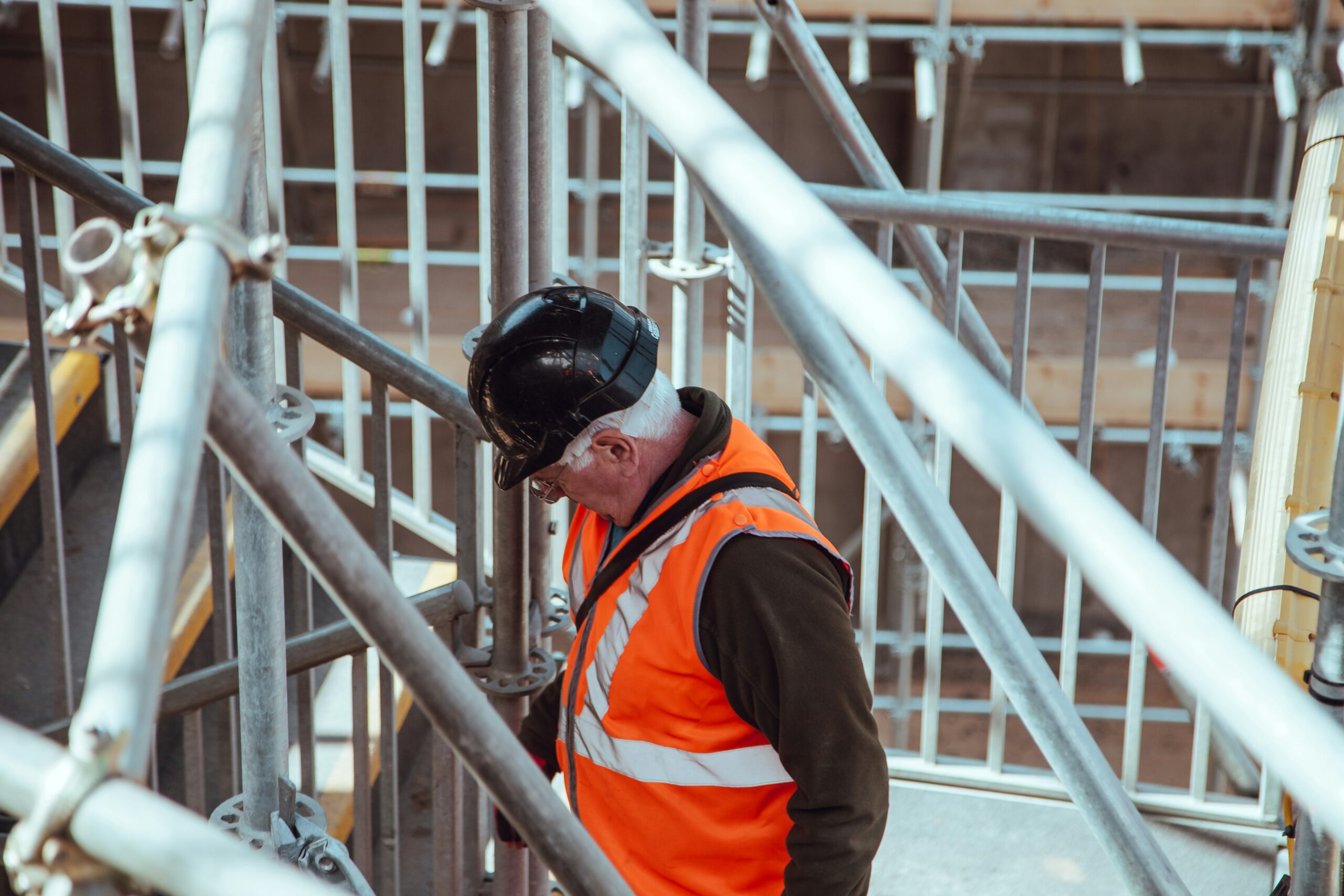A robust health and safety philosophy at work is a given. We all need to protect our employees while they are in the office or on site, and ensure they arrive home safely.
But, apart from the vital importance of a safe working environment, there are other considerations.
Recruitment for example.
Organisations that promote a safety-first culture are more likely to attract and retain talent. After all, who doesn’t want to work in an environment that has our wellbeing at its heart?
Having a well written health and safety handbook in the office, however, is not enough. The whole ethos of health and safety needs to permeate the entire organisation.
Safety cannot be dissociated from the organisation’s culture. It is not enough to merely comply with the office policy, it has to be a significant component of the company’s culture.
And it needs to start at the top.
Success comes from good leadership, active employee involvement and constant communication. When the leadership team puts an effective, relevant and sensible health and safety strategy in place, they have the power to influence the people around them and encourage the adoption of safe practices.
A safety-first culture is dependent on employees fulfilling their responsibility for ensuring that all aspects of the company’s undertakings are carried out with due regard to safety and with minimal risk to health through ongoing training and adopting rigorous safety protocols.
Involved team members will take an active role in the business. They’ll implement new initiatives, take ownership of them and actively participate in driving change. Involving employees allows them to provide observations and feedback and offer constructive solutions to issues they may have encountered during their work.
By setting a safety-first culture, companies show that health and safety is not just a compliance requirement, it is a fundamental quality of their workplace. They recognise that the setting and implementation of risk management protocols helps create a successful, employee-centric company that creates a long-term value for the company and helps attract and retain talent.








